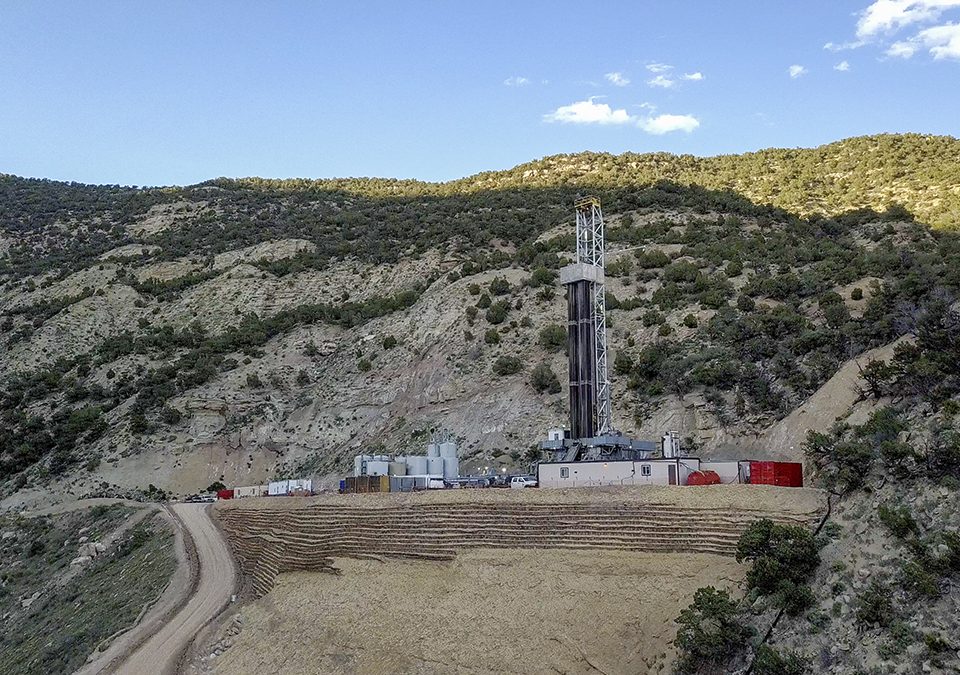Wolverines Set Shining Solar Example
May 15, 2018A Tale of Two States - Deregulation in Texas
May 22, 2018While media attention focuses on events at one end of Pennsylvania Avenue, federal agencies and dedicated employees all over the country are quietly making progress on energy issues. This week, PACE takes a look at just one week’s output of good news from the Department of Energy. Sec. Rick Perry believes in all of the above, while championing renewable energy, and his philosophy shines through in work done each day by DOE divisions and partners.
On May 15, DOE announced a sizable grant of $72 million to “advance high-temperature concentrating solar power (CSP) technologies,” continuing U.S. leadership in the space. CSP “uses mirrors to reflect and concentrate sunlight onto a focused point where it is collected and converted into heat.” CSP is part of the long-term solution to having solar available on demand because it incorporates thermal storage.
A great deal of research and development is required to ensure high enough temperatures (700 Celsius is the goal), reduced risk, and consistent results. Now, five national labs, four universities and other expert organizations can pursue projects that will help advance the technology and reduce costs in hopes of reaching a 2030 goal of 5 cents per kilowatt/hour for baseload.
While valuable R&D continues apace on renewable energy, the world will still need coal-based generation. As Sec. Perry noted on May 16, in remarks to the World Coal Association, “coal produces about 40 percent of the world’s electricity supply.” Nations as diverse as Brazil, India, Japan and South Korea are using U.S. coal. For some, coal is still the least expensive and most reliable baseload energy source. In Asia particularly, where natural gas markets are suddenly rather volatile and some nations are seeing a 3-year high in prices, coal may extend its stay.
So, another DOE announcement also merits attention. Modular plants aren’t just a new nuclear concept. Now, DOE is scoping out plans to develop small (50 to 350 MW) modular coal plants. If all goes well, we could see pilot plants by 2025. While carbon capture research is still worthwhile, small super-efficient plants may make for prudent investments in areas that need coal to ensure affordable and accessible energy.
DOE also partners with utilities to ensure that power is reliable and secured in the event of physical or cybersecurity events that can impact grid infrastructure. A new cyber strategy “identifies the goals, objectives, and activities that DOE will pursue over the next five years to reduce the risk of energy disruptions due to cyber incidents.” DOE has many years of experience helping other federal agencies and the White House understand how cyber defenses integrate with the actual operations of utilities which have “always-on” obligations.
Consumers often don’t know what government is doing to help essential infrastructure and service providers power the economy and improve the environment. Each one of these developments merits more than the 500 words PACE can give here. You can learn more about Department of Energy efforts by following them on Twitter @ENERGY or at their revamped website.

